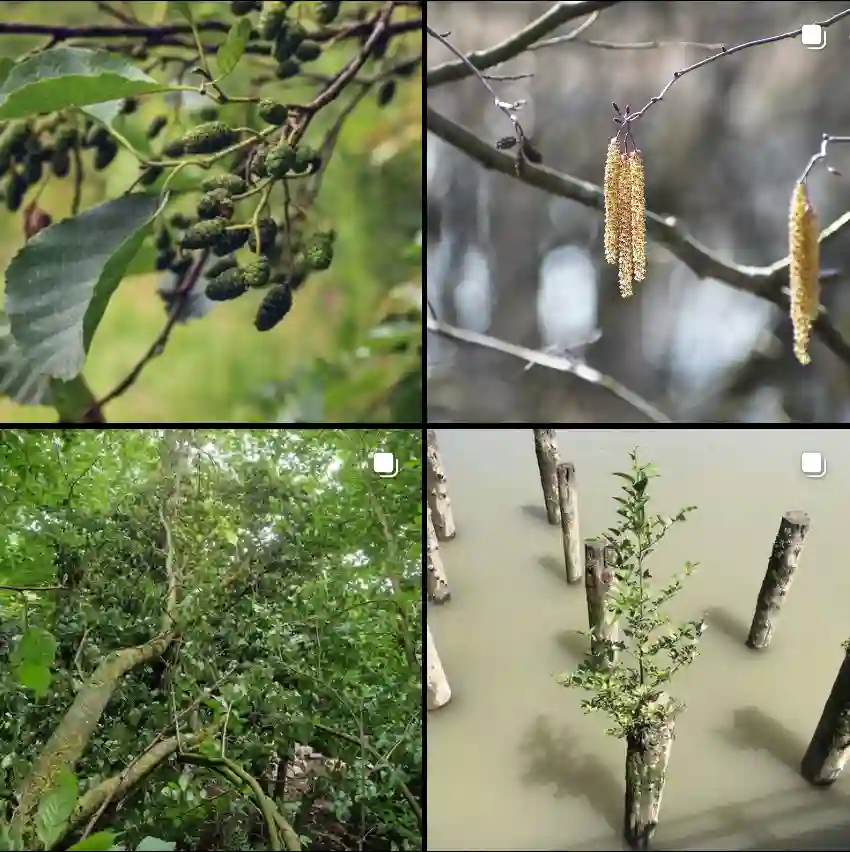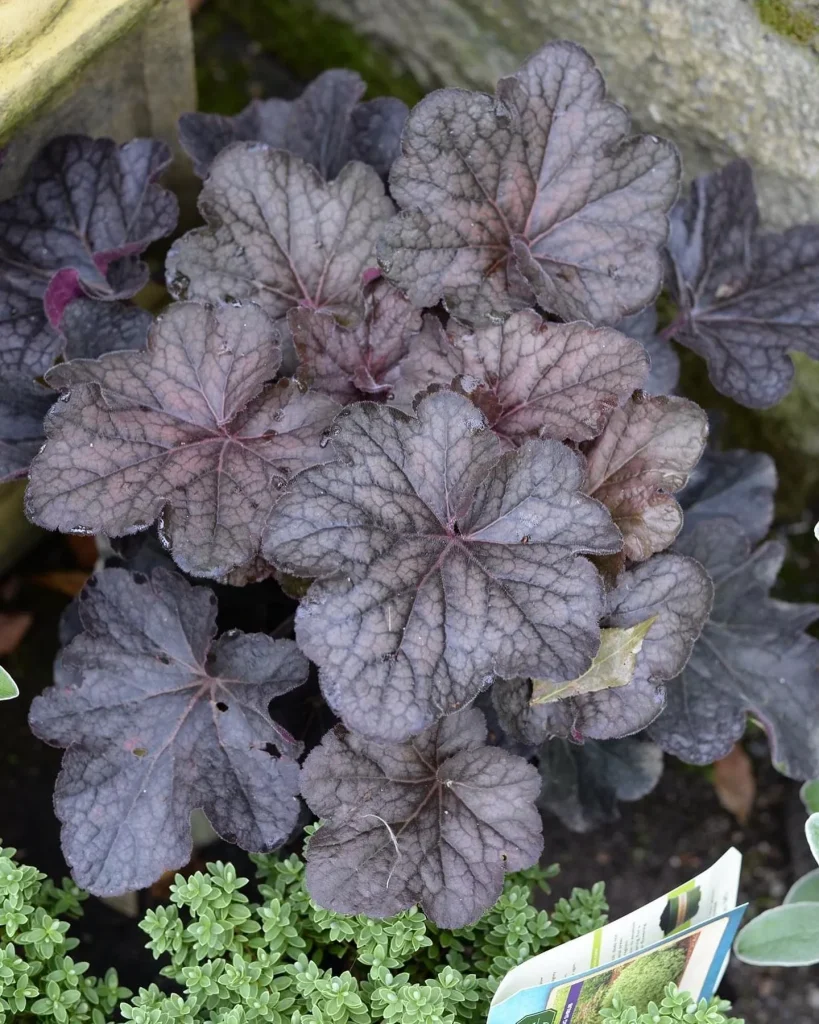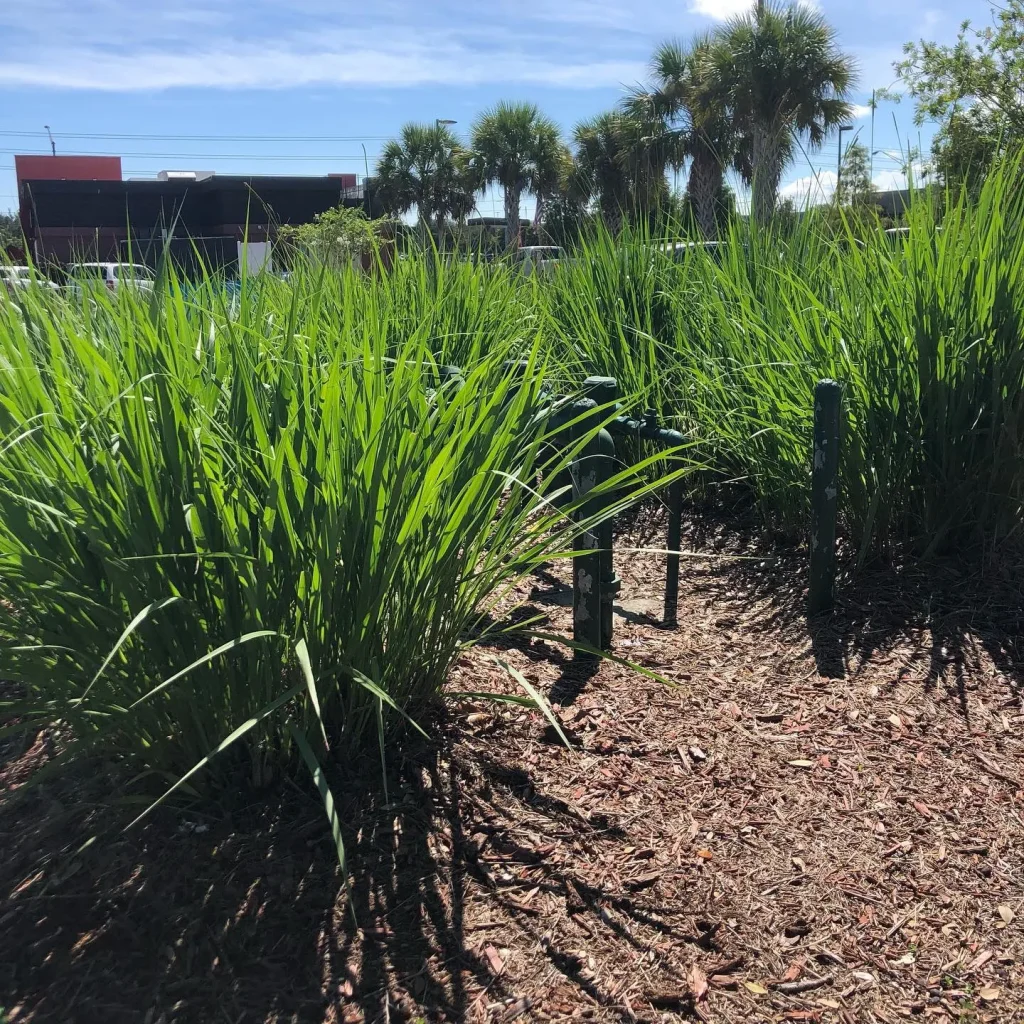Frequently Asked Questions About Juliet Cleyera
As a plant enthusiast, I’ve spent quite a bit of time growing and caring for various shrubs in my garden, and one that often piques curiosity is the Juliet Cleyera. This stunning shrub, with its vibrant variegated leaves, is a favorite among gardeners looking to add a splash of color to their landscapes. Over time, I’ve encountered many questions about this particular plant, and I’d like to share some insights based on my personal experience.
24 Species in Genus Cleyera
What is Juliet Cleyera?
Juliet Cleyera is a broadleaf evergreen shrub that stands out with its striking foliage. The leaves are variegated with shades of green, cream, and sometimes a hint of pink, making it a visually appealing choice for any garden. It’s often referred to as Cleyera Variegated Juliet due to the distinctive variegation in its leaves. This shrub is relatively easy to care for and can thrive in various environments, which makes it a popular choice for both novice and experienced gardeners.
How Tall Does Juliet Cleyera Grow?
When fully grown, Juliet Cleyera typically reaches a height of around 6 to 10 feet, with a similar spread. Its size makes it versatile for use as a hedge, border plant, or even a standalone feature in the garden. The dense foliage provides excellent coverage and privacy, which is one of the reasons I love incorporating it into my landscape designs.
What is the Growth Rate of Juliet Cleyera?
One of the frequent questions I get is about the Juliet Cleyera growth rate. In my experience, this shrub has a moderate growth rate, meaning it’s not the fastest-growing plant, but it doesn’t take forever to mature either. Under optimal conditions, you can expect it to grow about 12 to 18 inches per year. Providing it with adequate water, sunlight, and well-drained soil can help maximize its growth potential.
Can Juliet Cleyera Be Tree Formed?
A common question is whether Juliet Cleyera can be trained or pruned into a tree form. Yes, it can! While it naturally grows as a shrub, with some careful pruning, you can train it into a small tree. This is particularly appealing if you want to create a focal point in your garden. By selecting a strong central leader and consistently removing the lower branches, you can encourage the plant to take on a tree-like form over time.
Is Juliet Cleyera Single Stem?
Related to the previous question, many gardeners wonder if Juliet Cleyera can be grown as a single-stem plant. While it usually grows with multiple stems, it can indeed be pruned to maintain a single stem. This approach is often used when shaping the plant into a tree form. It requires regular pruning to maintain the single stem structure, especially in the early stages of growth.
How to Care for Juliet Cleyera?
Caring for Juliet Cleyera is straightforward, which is another reason I recommend it to gardeners of all skill levels. Here are some key care tips:
- Light: While Juliet Cleyera can tolerate partial shade, it thrives best in full sun. More sunlight typically enhances the vibrancy of its variegated leaves.
- Soil: This shrub prefers well-drained, slightly acidic soil. However, it’s adaptable and can do well in various soil types, as long as the drainage is good.
- Watering: Regular watering is essential, especially during the first growing season. Once established, Juliet Cleyera is relatively drought-tolerant, though I find it benefits from consistent moisture during dry spells.
- Fertilizing: A balanced, slow-release fertilizer applied in the spring can promote healthy growth.
How to Propagate Juliet Cleyera?
If you’re like me and enjoy expanding your garden by propagating plants, you’ll be happy to know that Juliet Cleyera can be propagated through cuttings. In my experience, taking semi-hardwood cuttings in late summer gives the best results. Make sure to use a rooting hormone to increase your chances of success, and keep the cuttings in a humid environment until they establish roots.
What to Plant with Juliet Cleyera?
Juliet Cleyera pairs beautifully with a variety of plants. I’ve had success planting it alongside other evergreen shrubs like Azaleas and Camellias, which complement its foliage and blooming cycle. It also works well with perennials like Hostas or Ferns, creating a lush, layered look in the garden.
Romeo and Juliet Cleyera
Another point of interest is the comparison between Juliet Cleyera and Romeo Cleyera. Both are part of the same plant family, but Romeo Cleyera tends to have darker foliage and a more compact growth habit. If you’re looking for a contrasting companion plant, these two make a lovely pair in the garden, adding both visual and textural variety.
Final Thoughts
In my experience, Juliet Cleyera is a versatile and attractive shrub that can elevate the aesthetic of any garden. Whether you’re looking to create a hedge, a focal point, or simply add some color and texture, this plant is an excellent choice. With the right care and attention, you can enjoy the beauty of Juliet Cleyera for many years to come.
If i die, water my plants!



